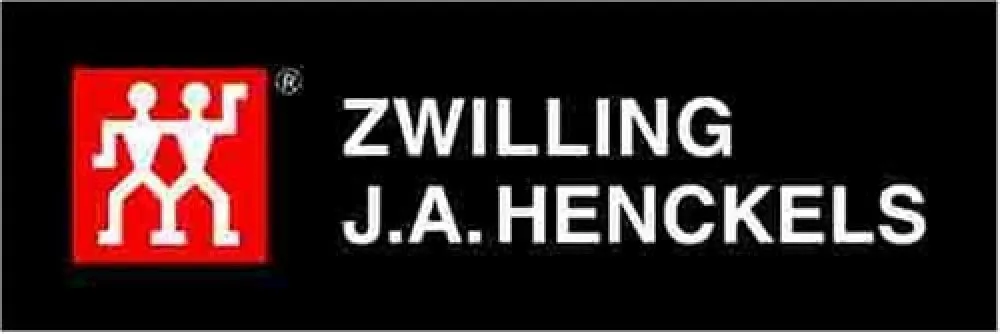John Gruber and His Famous Almanack Part 2
Later that year, he severed his connection with that paper and in 1796, began publishing Der Neue Nord-Americanische Stadt und Land Calender, (translation: ‘The New North American Urban and Country Calendar’). It was briefly changed to the New Hagers-town Town and Country Almanack and in 1797, it was to become J. Gruber's Hagers-Town Town and Country Almanack. For 25 years, it was published exclusively in German, at a time when most of the church services were conducted in that language. In 1822, due to an ever-increasingly English-speaking readership, it became necessary to publish an English version as well. The publication of bilingual editions continued for almost one hundred years. For a number of years, the English version carried the name American Farmer's Almanack and was published under the name of Gruber and May, Daniel May, printer and bookbinder by trade and also Gruber's partner and son-in-law through his marriage to Rebecca, the second Gruber daughter. In 1918, the German edition of The Almanack was discontinued due to the widespread negative sentiment toward Germans at the outset of World War I. It is the English version of the original publication that has continued until the present day.
Like most printers of the time, Gruber advertised and like many other printers in remote places, he either made his own paper, or collected rags from which it was to be made. For the first few years, Gruber worked alone, setting the type for his publications himself, assisted in later years by Daniel May, husband of his second daughter, Rebecca.
During his long career as a printer, Gruber trained many young men in the printing business. Among the persons that learned the trade of printing under his tutelage was Ambrose Henkel, the founder of the Henkel printery at New Market, Virginia. The most famous was probably Adam Glossbrenner, Sergeant-at-Arms in the House of Representatives from 1850 through 1860
It is probable that Gruber was one of the first equipped to print in both English and German however, no English issue of his press appeared prior to 1801, when he published A Catalogue of Jacob D. Dietrick's Circulating Library. At the solicitation of General Samuel Ringgold, he published, for a short time, an English newspaper, The Sentinel of Liberty, to advance the cause of the Republican Party. The date of publication is not certain but it was probably after 1800. However, the Maryland Herald, published by Thomas Grieves, soon became the organ of that party, and the Sentinel of Liberty was discontinued.


















